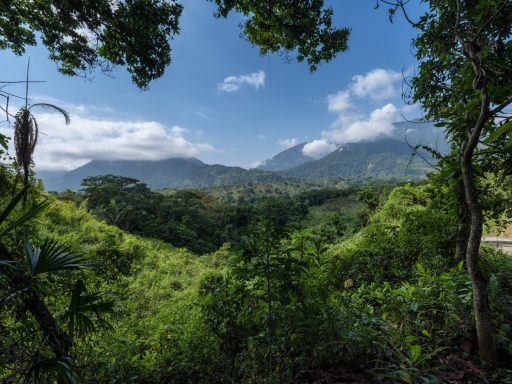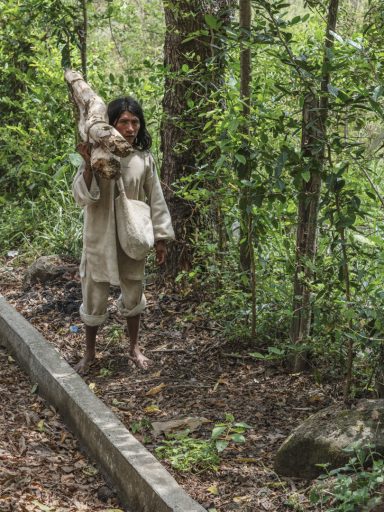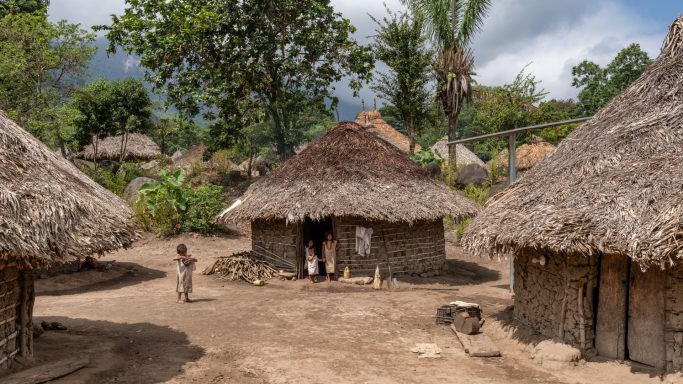Tunkeka
2024 has been my third trip to the Sierra Nevada de Santa Marta, an isolated mountain range in the north of Colombia. Overall, it’s been my 8th trip to Colombia in the past years, always looking to visit remote areas and indigenous communities. Tunkeka is located near Palomino in the Department of La Guajira, a settlement that counts around 100 Kogi families. It’s located less than an hour from the coast over unpaved roads up into the Sierra Nevada. I usually try to stay a couple of days, but this time it has been a one-day trip with a guide. Kogi’s are descendants of the Tairona culture. The Lost City, Ciudad perdida, I visited back in 2017, located in the same mountain range and only reachable after a 3-day trek by foot, a very important spiritual place for the indigenous communities of Kogi, Arhuaco, Wiwa, and Kankuamo, is far more difficult to reach.
For the visit to Tunkeka, I had my Fuji GFX100s medium format camera and two lenses, my favorite GF80 portrait lens and a wide-angle lens, the GF20-35 with me.
Less so than in the Amazon region, I was having some difficulty with the heavy humidity and haze on the lenses, but I was able to resolve the issue by repeatedly separating the lens from the camera buddy. Although a few of the pictures were a touch hazy, they still had a good overall effect.
I was lucky this time in Tunkeka, I met around 70 children due to the holidays. Most men were out working in the fields, so I realized just a few portraits of those left in the village. Generally, men are more difficult to photograph, but I was lucky and took a few photos of them using their Poporo.
A Poporo is a device used by indigenous populations in this area for the storage of small amounts of lime produced from burnt and crushed seashells. These seashells are collected on the shore. Some of them are walking down from the mountain villages to the coast, and this can take several days. There are special accommodations along the coast road for the indigenous people to sleep while collecting seashells or just when they come down from the mountains to sell art, crafts, or other things. Along the coast, from Santa Marta to Palomino and Riohacha, you can see a lot of them walking on the coast road all dressed in their typical dresses, as in my photos.The poporo consists of two pieces: the receptacle and the lid, which includes a pin that is used to carry the lime to the mouth while chewing coca leaves. The coca leaves are transported in typical small, handmade bags. This suppresses the feeling of hunger and ensures endurance.
Photos: Fuji GFX100s / GF80 & GF20-35
Tunkeka
Tunkeka, Department - La Guajira.
©Copyright. All rights reserved.
Christian Kieffer Photography
Wir benötigen Ihre Zustimmung zum Laden der Übersetzungen
Wir nutzen einen Drittanbieter-Service, um den Inhalt der Website zu übersetzen, der möglicherweise Daten über Ihre Aktivitäten sammelt. Bitte überprüfen Sie die Details in der Datenschutzerklärung und akzeptieren Sie den Dienst, um die Übersetzungen zu sehen.



























